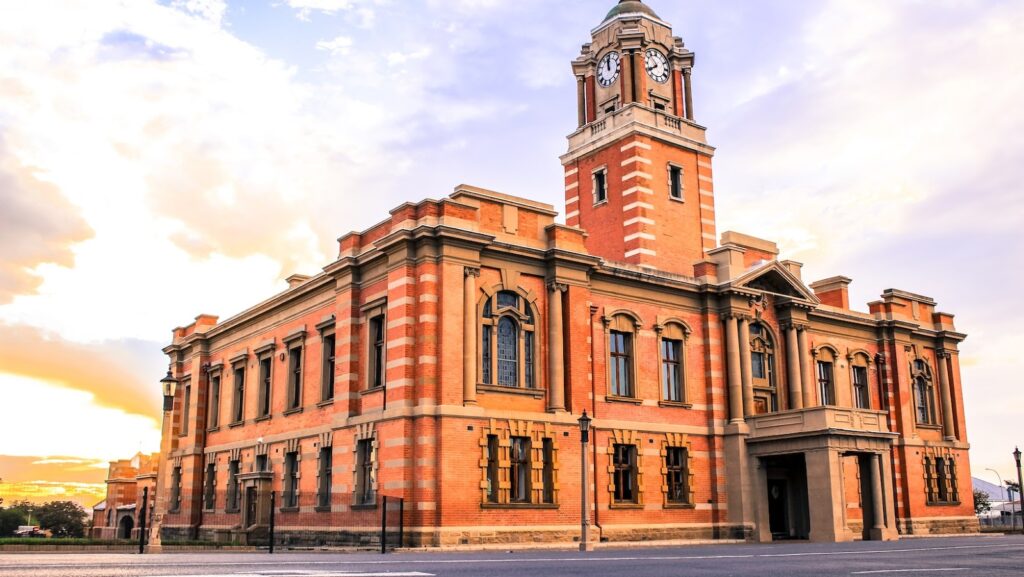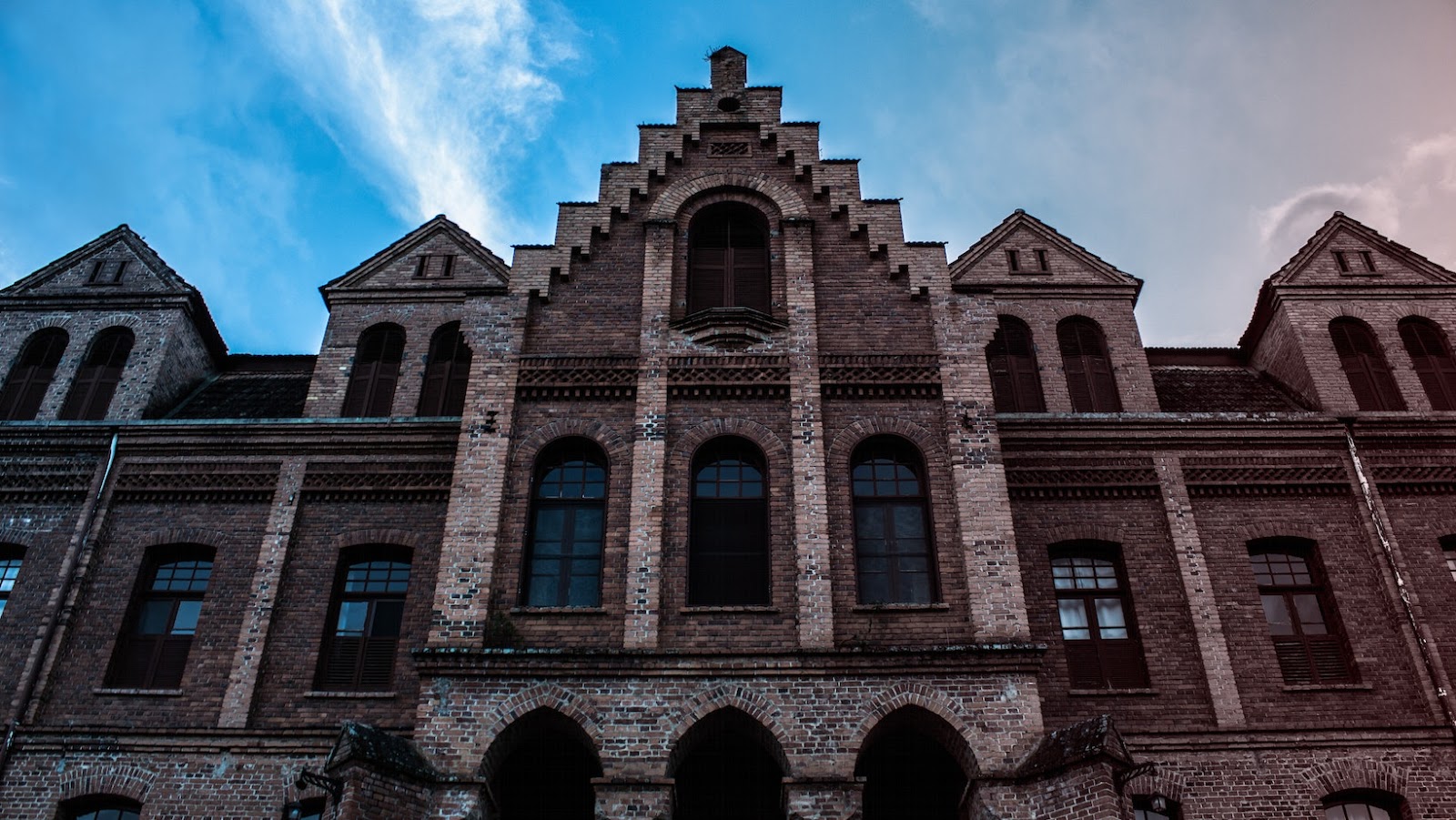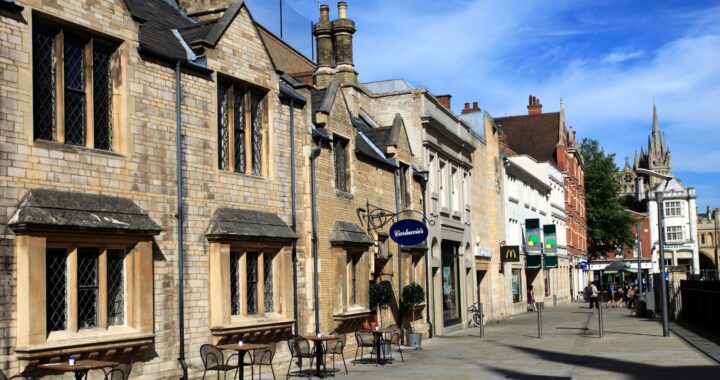Engineering of Radford

Are you building a structure and curious about the type of brick used in a specific construction project? From Radford to Rome, understanding the type of masonry materials used is essential for making sure your project stands the test of time. You’ll be pleased to know we have the answers here!
So let’s explore what brick was used in Radford’s construction.
Introduction
Radford University’s campus features well-built brick buildings, with a unique history behind the brick used in their construction. Interestingly, during the university’s early days, the bricks used in construction were made from clay found on campus itself. This clay was refined and molded into the familiar red bricks used in the construction of Radford’s buildings. The university even had its brick factory, which operated from 1910 to the 1930s, employing students and faculty alike.
Today, some of the original buildings of Radford University still stand and are a testament to the sturdiness and durability of the bricks made from the clay found right on campus. These bricks not only serve as physical testaments to the university’s heritage but also act as an inspiration to the current generations of students, faculty, and staff to continue building on the foundation of excellence laid by those who came before us.
History of Radford
The Radford University campus was built using a type of brick known as “yellow brick,” which was locally produced in Radford, Virginia. The history of Radford dates back to the early 20th century when the Virginia General Assembly authorized the establishment of a women-only college in the area.
Construction of the campus began in 1913, using bricks manufactured at the local Cream Brick Company plant. The bricks were made from shale and limestone, which gave them their distinctive yellow color. Today, many of the original buildings on the Radford University campus still feature this iconic yellow brick, and the university remains a significant part of the local community.
Materials Used in the Construction of Radford
The Radford building’s construction predominantly used “Radford Red” bricks, a well-known brick type local to the area, which was admired for its high quality and durability. In addition to Radford Red bricks, the building also features ornate stonework accents and decorative elements such as arched windows and intricate carvings.

The architects and builders utilized the best quality materials available to create the iconic Radford building, which has stood the test of time to remain one of the most striking architectural marvels of the region.
What Brick was Used in the Construction of Radford
The construction of Radford, a historic building, involves the use of two types of bricks: red bricks and ornamental bricks. Red bricks are the most commonly used bricks in the construction of Radford. These bricks are a standard size and shape, and they are made from high-quality clay. They have a reddish-brown color and a smooth finish.
Ornamental bricks are also used in the construction of Radford. These bricks are specially shaped and glazed to create decorative patterns and designs. They are used as accents and to add visual interest to the building’s facade. Ornamental bricks come in various colors, including shades of red, yellow, and brown.
Advantages of Using Bricks in Radford
Radford, known for its brick-lined streets and buildings, utilizes locally sourced clay bricks in its construction, offering a multitude of advantages compared to other construction materials.
- First, bricks are incredibly durable and can withstand natural disasters such as earthquakes and hurricanes. They also have a high thermal mass, meaning they can store and release heat, reducing energy consumption and improving indoor comfort.
- Additionally, bricks are extremely low maintenance, as they do not need painting or constant upkeep. They are also non-combustible, providing superior fire protection for buildings.
- Finally, bricks offer excellent sound insulation, reducing noise pollution and improving indoor acoustics. Choosing bricks for construction is a smart, sustainable, and long-lasting option for any building project.
Challenges Faced in the Use of Bricks in Radford
The construction of Radford, a historic town in Virginia, faced various challenges due to the use of soft, locally-sourced bricks that were prone to deterioration and damage. The bricks used in the construction of Radford were made from clay sourced from the New River Valley region. While these bricks were affordable and abundant, they were relatively soft and porous, making them vulnerable to the effects of moisture, freeze-thaw cycles, and erosion.

This led to various challenges during the construction and maintenance of Radford, including the need for frequent repairs and replacements of damaged bricks, higher construction costs due to specialized techniques, and difficulty in preserving the historic structures in the town. Today, the preservation of Radford’s historic architecture requires a delicate balance between maintaining its original character and using modern techniques and materials to ensure its longevity.
Future of Bricks in Radford
The future of bricks in Radford, Virginia appears to be bright, considering the city’s rich history and continued use of traditional brick in its architecture. Radford, having its origin in iron and agricultural trades, has a history of brick-making since the late 1800s. The city has been using clay bricks for the construction of many of its buildings, including historical sites and institutional buildings. The type of brick used in Radford is the traditional fired clay brick.
This brick’s production process involves heating raw clay in a kiln to a high temperature, which makes it dense, durable, and weather-resistant. The locally-sourced red clay used in the production of the bricks in Radford is known to be of exceptional quality and strength. With the growing interest in sustainable building materials and preservation of historical structures, the future of bricks in Radford looks promising. The tradition of brick-making and use of local materials has added value to the city and its architectural heritage for over a century.
In conclusion, the Radford building was constructed using a unique type of brick known as the “Radford brick.” This brick was a locally-made, hard-pressed brick that was produced by the Acme Brick Company specifically for the building’s construction. The Radford brick boasted superior strength and durability, making it an ideal choice for the construction of one of the largest and most impressive buildings in the western United States at the time of its construction.
The Radford building exemplified the use of high-quality materials and attention to detail in construction, setting a standard for future architects and builders to follow. Today, the building stands as a testament to the skill of the craftsmen who constructed it and the quality of materials used in its construction.

 The Hidden Costs of Timber Decking: What You Need to Know
The Hidden Costs of Timber Decking: What You Need to Know  How To Make Listed Buildings In The UK Energy-Efficient
How To Make Listed Buildings In The UK Energy-Efficient  Contractor Financing Made Simple: Key Terms and Options Explained
Contractor Financing Made Simple: Key Terms and Options Explained